In honor of Breast Cancer Awareness Month, we're examining emerging research that every woman needs to understand.
The 21-year-old woman walked into her doctor's office with a concern about her left breast. She was young, healthy, with no family history of cancer. But something felt wrong. The imaging revealed devastating news: extensive breast cancer spanning 12 centimeters of tissue from behind the nipple all the way to the chest wall. When doctors asked about her medical history, lifestyle, and daily habits, one detail stood out: for years, she had kept her cell phone tucked into her bra on the left side for several hours each day.
The tumor had developed in the exact location where her phone rested against her breast.
She tested negative for BRCA1 and BRCA2. No genetic mutations. No family history. No traditional risk factors.
Just a phone, and the tissue it touched.
Can Carrying Your Phone in Your Bra Cause Breast Cancer? 4 Cases Suggest Yes
Between 2010 and 2013, physicians documented four young women, ages 21 to 39, who developed multifocal invasive breast cancer under circumstances that raised immediate questions. Published in Case Reports in Medicine, these cases shared characteristics medical science couldn't easily dismiss.
Case 1: The Youngest Patient
A 21-year-old presented with spontaneous bloody nipple discharge from her left breast. Her only notable habit: keeping her cellular phone in her bra on the left side for several hours daily. Imaging revealed extensive calcifications spanning 12 centimeters. Pathology from her mastectomy showed extensive ductal carcinoma in situ (DCIS) with multifocal microinvasion.
Case 2: Direct Contact, Aggressive Disease
Another 21-year-old noticed a mass exactly where she kept her phone in her bra, eight hours daily for six years, essentially since age 15. MRI showed four distinct lesions across the upper hemisphere of her left breast. Mastectomy revealed multifocal invasive cancer with extensive DCIS. Two lymph nodes tested positive for metastatic disease. Later, the cancer spread to her bones.
Case 3: The Active User
A 33-year-old discovered two masses directly underneath where she placed her phone in her bra. She had done this intermittently for eight years, but in the two years before diagnosis, she routinely placed her phone in her bra while jogging 3-4 times weekly, using GPS to track her location.
This matters: GPS means the phone was actively transmitting data while pressed against her chest during exercise. MRI showed at least six suspicious lesions spanning 8 centimeters. Pathology revealed extensive DCIS with multifocal invasion and metastasis in one lymph node.
Case 4: A Decade of Daily Exposure
A 39-year-old presented with three masses in the area of direct phone contact. For ten years, she had placed her phone in her bra while commuting, using Bluetooth to talk for hours each day. MRI demonstrated multiple areas of enhancement across the entire upper right breast. Mastectomy showed four separate invasive ductal carcinomas ranging from 1 to 3 centimeters with 10 centimeters of DCIS. Two lymph nodes contained metastatic disease.
The Pattern Was Unmistakable
When pathologists examined tissue from all four cases, they found striking uniformity. All tumors were hormone-positive but Her2 negative. All exhibited similar histology with identical nuclear morphology and grade.
Most significantly: the breast tissue away from phone contact areas showed no abnormal changes.
The cancers were localized to regions exposed to cellular devices, and nowhere else. Yet three patients had lymph node metastasis and one developed bone metastasis: these were aggressive cancers capable of spreading. The researchers noted a fundamental difference from previous studies: "Unlike the brain which is protected by the skull as well as a spatial distance from the cellular device, each patient here had direct contact between their device and their breast."
1,105 Women Study: Where You Carry Your Phone Increases Risk
In 2020, researchers in Taiwan published findings from a case-control study involving 894 healthy controls and 211 women diagnosed with breast cancer. The study examined specific smartphone habits and breast cancer risk.
The Bedtime Connection
Women who used their smartphones for more than 4.5 minutes before bedtime had a 5.27-fold increased risk of breast cancer compared to those who used phones for less time before sleep. This represents a 427% increased risk from evening phone use. Evening phone use typically occurs lying down with devices held close to the chest, creating prolonged exposure during hours when melatonin production should peak. Melatonin acts as a powerful antioxidant and helps regulate estrogen. Suppressing melatonin through radiofrequency exposure disrupts both protective mechanisms.
Distance Creates Dramatic Risk Differences
The study measured positioning during use:
- Holding phones approximately 10 centimeters from breasts: 1.59-fold increased risk
- Using phones on a desk (approximately 35 centimeters away): Baseline risk.
Just 25 centimeters, about 10 inches, made the difference between elevated and baseline risk.
Strongest associations appeared with phone placement when not actively using devices:
- Chest area (in bra or hanging near breasts): 5.03-fold increased risk
- Waist-abdomen area: 4.06-fold increased risk
- Below the waist: Baseline risk
The data showed clear dose-response: the closer the phone to breast tissue, the higher the cancer risk.
Researchers noted that radiofrequency radiation exposure within 10 centimeters of cells significantly increases reactive oxygen species (ROS) production, triggering excessive oxidative stress and DNA damage in breast tissue.
How Much Does Cell Phone Radiation Increase Breast Cancer Risk? Meta-Analysis of 8 Studies
In 2021, researchers published the first systematic review and meta-analysis specifically examining radiofrequency radiation and breast cancer risk. They analyzed eight studies (four case-control, four cohort) published between 1996 and 2013.
Pooling data across studies revealed significant association: pooled relative risk of 1.189.
This represents an 18.9% increased breast cancer risk from radiofrequency radiation exposure.
Age Makes a Difference
-
Women aged 50 and older: 117.9% increased risk
- Women under 50: No statistically significant increase
Researchers explained that aging reduces DNA repair capacity and disrupts oxidant/antioxidant balance, making radiation-induced damage more likely to persist and accumulate. According to the research, device type also determines risk level.
-
Mobile phones and computers showed 2.057-fold increased risk. More than double the breast cancer risk from using these devices.
- Occupational radiofrequency exposure and Transmitter proximity were not statistically significant
The dramatically higher risk from mobile phones and computers reflects direct contact and close proximity - devices held within centimeters of the body for hours daily create much higher tissue exposure than diffuse environmental sources.
How Radiofrequency Radiation Affects Breast Tissue
Understanding the biological mechanisms explains why direct device contact poses particular risk:
Reactive Oxygen Species and DNA Damage
Research on breast cancer cells exposed to radiofrequency radiation shows that RF exposure promotes reactive oxygen species formation, unstable molecules causing oxidative damage to DNA. Studies demonstrate that exposure within 10 centimeters significantly increases intracellular ROS production, triggering DNA strand breaks that can lead to cancer development.
Mitochondrial Disruption
Radiofrequency exposure disrupts mitochondrial membrane pores in breast cells, causing mitochondrial dysfunction and release of factors that promote abnormal cellular changes.
Melatonin Suppression
Electromagnetic field exposure suppresses melatonin production. Melatonin serves as a powerful antioxidant and radical scavenger. Decreased melatonin enhances oxidative damage while simultaneously increasing circulating estrogen levels, which promotes breast tissue cell proliferation. Research on electronic devices shows they delay and suppress melatonin production, particularly with evening use before sleep.
The Contact Factor
The four young women experienced fundamentally different exposure than typical users. Direct, prolonged skin contact with actively transmitting devices maximized radiation absorption in localized breast tissue.
Modern smartphones transmit intermittently even when not in active use - maintaining network connections, checking messages, updating applications, transmitting location data. This "passive" exposure accumulates over 8-10 hours daily for years, representing scenarios never evaluated in safety testing.
This cumulative exposure during which phones transmitted thousands of times daily represents unprecedented exposure patterns.
The Bodywell® Solution: Protection Without Compromise
The research is clear about risk factors: direct contact, close proximity, and prolonged duration all increase breast cancer risk from radiofrequency radiation. But modern life requires smartphones for work, family, safety, and connection.
You shouldn't have to choose between staying connected and protecting your health.
This is where Bodywell®'s Swiss-engineered MobileTek technology provides science-based protection that lets you maintain your digital life while dramatically reducing EMF exposure.
How Bodywell® Changes the Game
Independent laboratory testing has validated three critical protection mechanisms:
-
80% SAR Reduction: Bodywell® products dramatically decrease the Specific Absorption Rate - the measure of how much radiation your body absorbs.
Given that the Taiwan study showed dramatic risk increases from close proximity, reducing actual absorption by 80% addresses the core concern: how much radiofrequency energy enters your tissue. - 20% Thermal Reduction: Heat absorption from devices may contribute to tissue damage from prolonged contact. Bodywell® minimizes these thermal effects.
- 100% pH Recovery: EMF exposure disrupts cellular pH balance. Bodywell® products offer a potent protective layer against pH imbalances, supporting cellular health during unavoidable radiation exposure.
Your EMF Protection Options
- BioChip: Attaches directly to smartphones, tablets, and laptops for device-specific protection. Perfect for your most-used devices. Available in multi-device packs for comprehensive coverage of phones, work laptops, and tablets.
- BioCard Pro: Our most comprehensive solution provides continuous protection from multiple EMF sources throughout your day. The BioCard Pro doesn't attach to devices, simply carry it in your wallet, purse, or bag for all-day protection. Ideal for women who use multiple devices or want protection extending beyond just their phone. Available in family packs for household-wide coverage.
Conclusion
Even if you never carry your phone in your bra, you still face significant exposure from:
- Phones in bags that end up near your body
- Laptops during work hours
- Tablets held while reading
- Environmental EMF from Wi-Fi, smart home devices, and infrastructure
Modern life means EMF exposure is unavoidable, and you should not abandon technology or live in fear. Bodywell® provides the critical protection layer for exposures you can't eliminate.
The young women in the case studies wish they had known these risks earlier. Their experiences serve as a warning for all of us. During Breast Cancer Awareness Month and beyond, awareness means understanding emerging risk factors we can actually address.
Your phone connects you to everything that matters. Bodywell® helps you stay connected safely, with proven reduction in radiation absorption, allowing you to maintain your digital life while protecting your health.

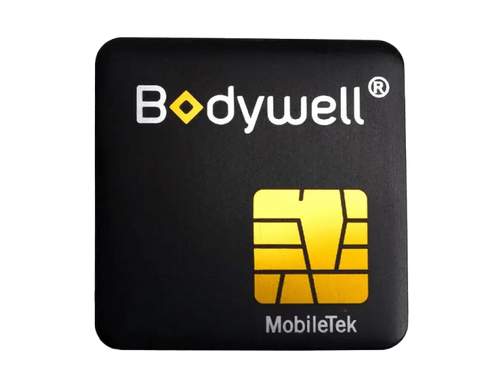
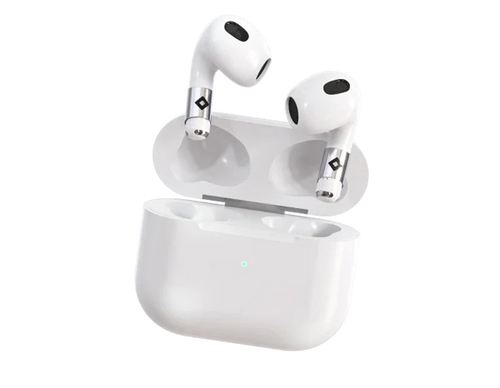
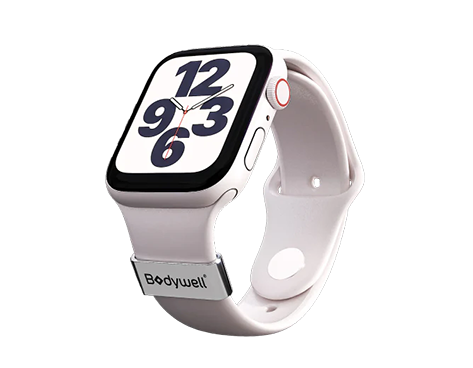









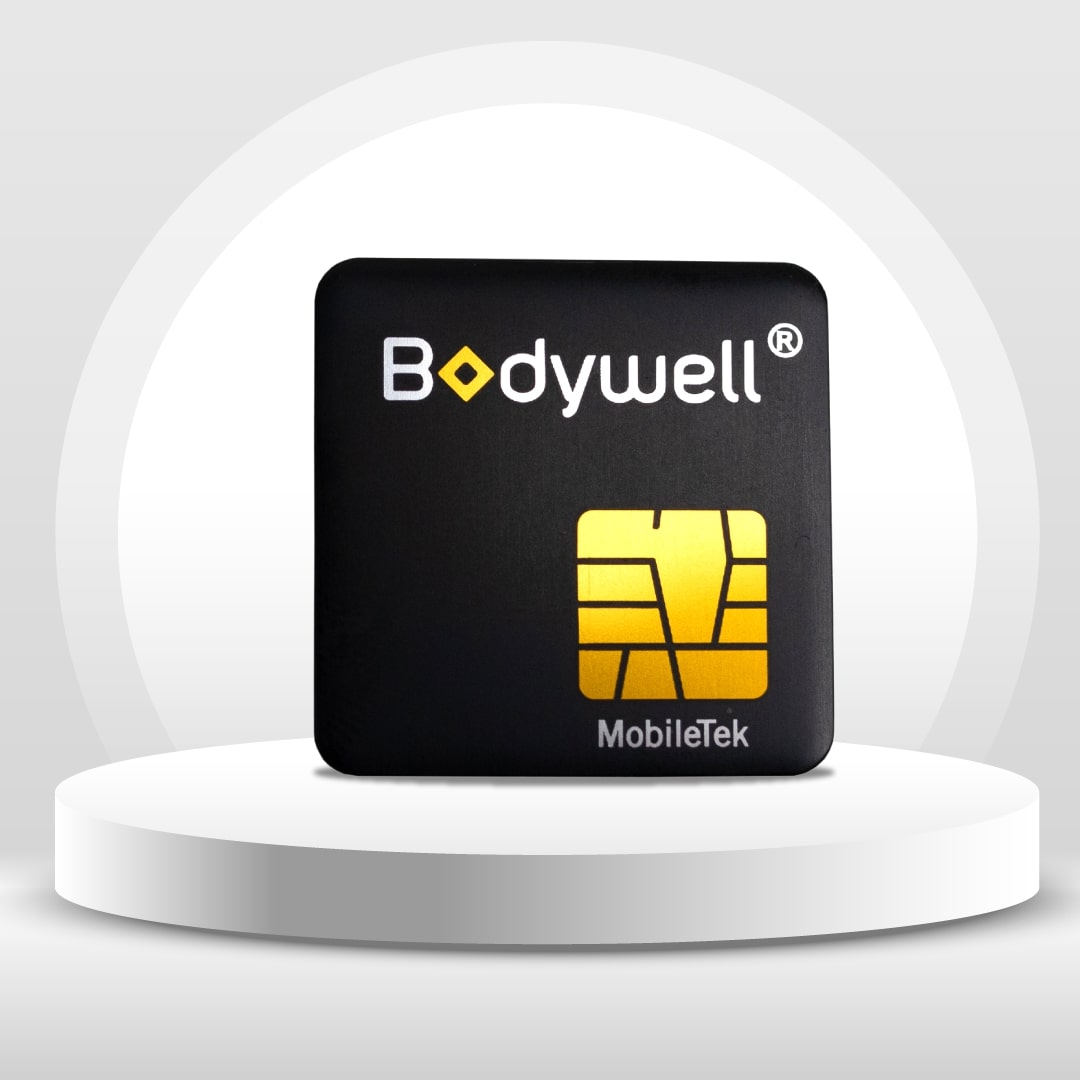
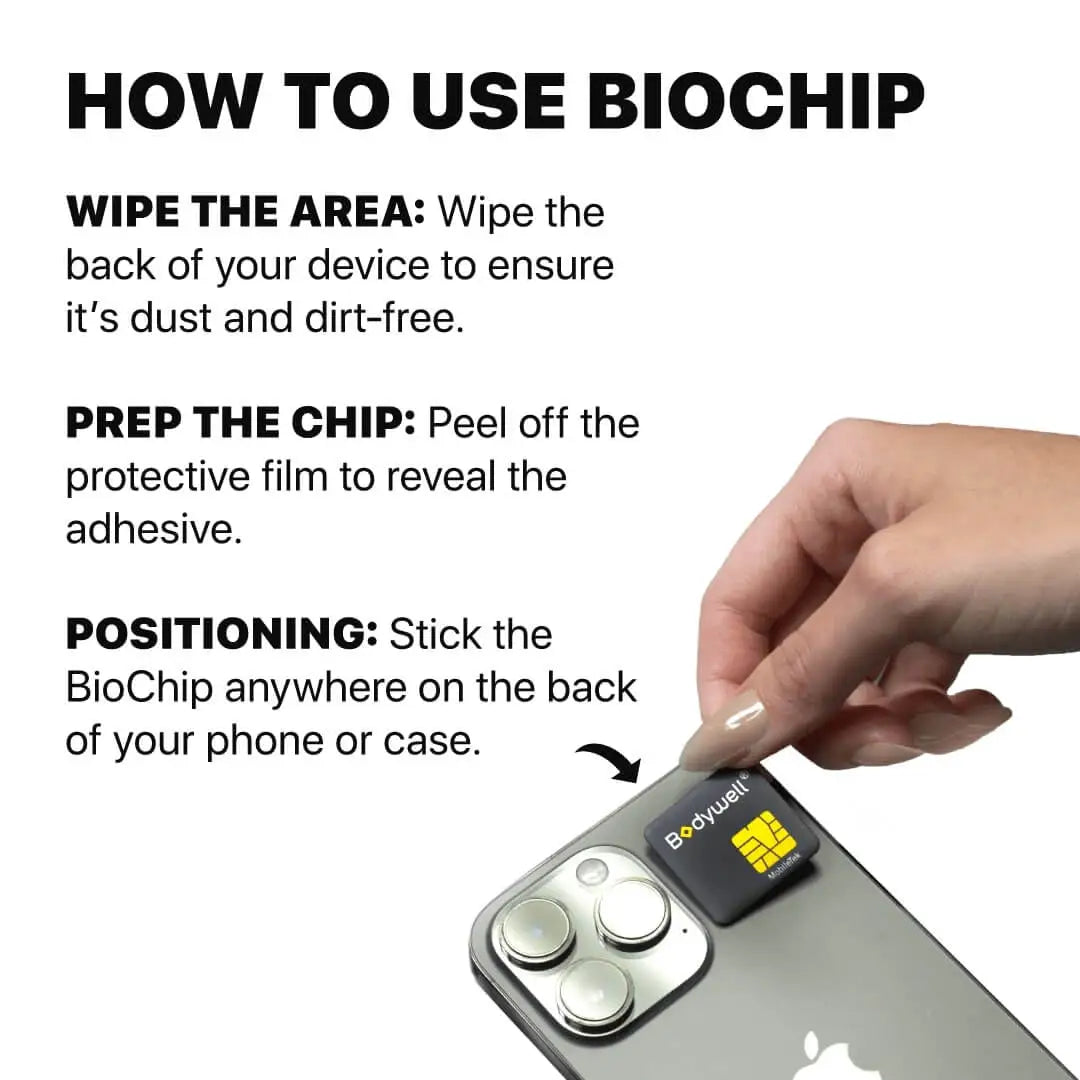




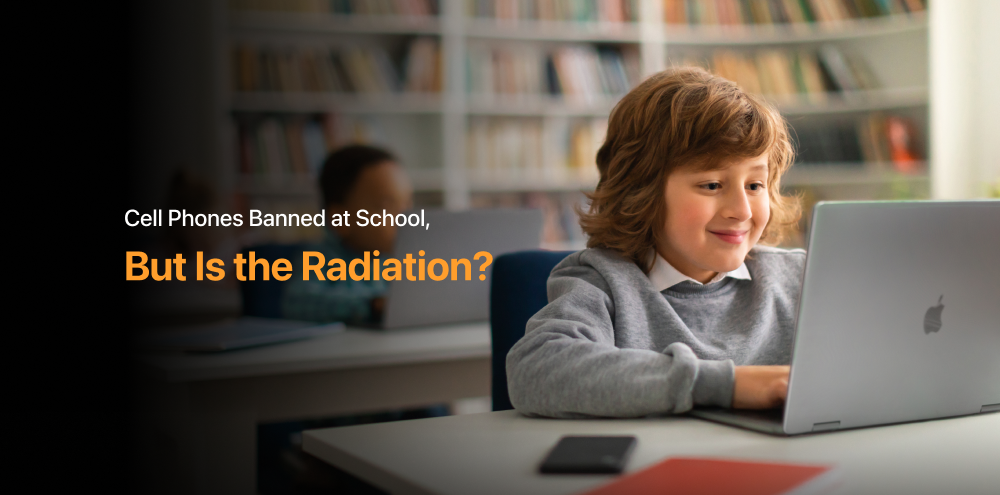
Leave a comment
This site is protected by hCaptcha and the hCaptcha Privacy Policy and Terms of Service apply.